Hot Rodding an Early '80s Squier Telecaster, Part 9: Building the Nut
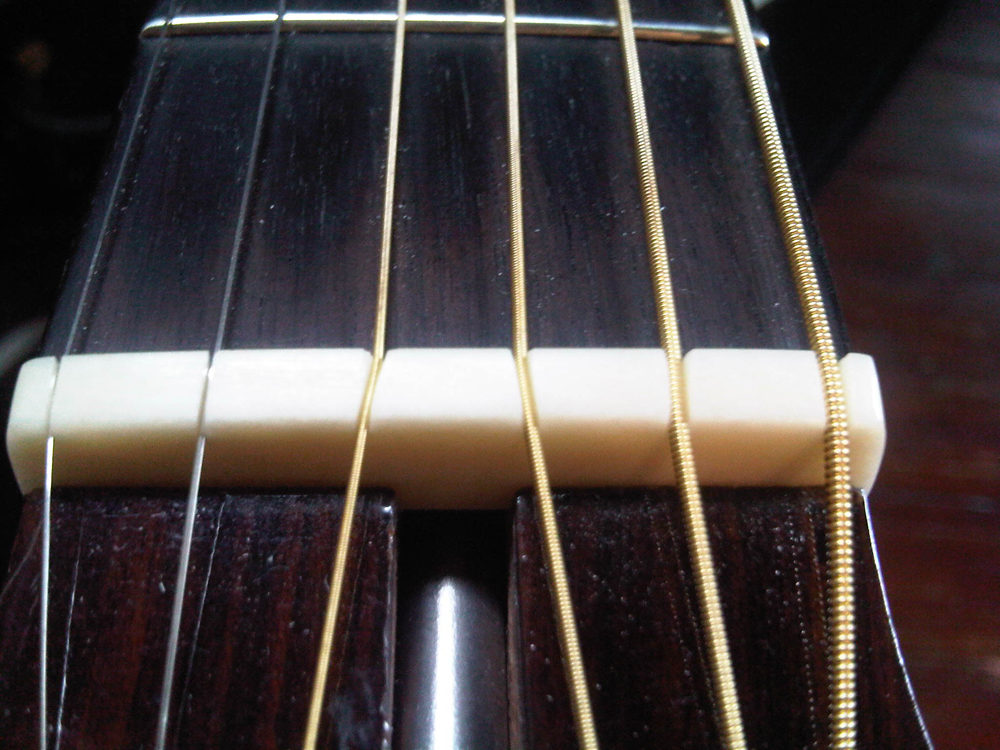
The set-up:I'm modifying an early-'80s ash-bodied Squire Telecaster that is all original and in very clean condition. Its appointments include a 21-fret maple neck, vintage-style bridge and pickups and Fender Japan branded sealed gear tuners.
Changes I will make include installing a Callaham Vintage Tele bridge, Lollar Special-T single coils, CTS brand pots and a four-way switch. This switch allows the option of having both pickups available in series and in parallel besides either pickup by itself. Sperzel locking tuners round out the component mods and will make sure this axe stays in tune. I also will install Jescar stainless steel medium-jumbo frets and a bone nut.To check out parts one through eight of this series, look for the stories under RELATED CONTENT to the left.OK, we’re back and ready to begin.Making a new nut for a guitar requires a series of detailed, painstaking steps. The next part of this process is where the rubber meets the road. Slot filing may be the most important aspect of nut making. Even a rough-cut nut -- with gaps between the nut and its slot and ends that overhang the shelf -- could be properly filed to play well. However, even a snug-fitting, gapless nut with a high polish won’t impress any player if the string slots are not properly cut.Symptoms of string slot problems include stiffness of action, difficult chording in the first position, “muted” open strings or, typically on the unwound strings, a slight ringing or “sitar-like” sound. This last symptom can be really challenging to get a handle on. And this Fender-style I’m making can be the great test.It might help to think of the nut as just another fret. If you play an open string, that string vibrates between the saddle and the nut. When you fret a note on any fret, any string vibration occurs between the saddle and that fret. The general concept of filing string slots is not difficult to understand. The idea is to use the correct size file for the string and file a slot that is a few thousandths of an inch (.003”-.004”) taller than the fret wire on your guitar. When I’m checking string height off the nut, I capo at the third fret and then pass a feeler gauge under the string at the first fret. A string height of three or four thousandths of an inch usually feels pretty comfortable, though things vary from player to player. The feeler gauge should drag very slightly when passed between the string and the fret.You also can eyeball this measurement. With a capo (or another finger) on the third fret, tap the strings one by one just behind the first fret. You should hear a little “tink tink tink” sound. If there’s no tink, your slot may be too shallow. You should also be able to see a tiny bit of space between the string and the first fret. It’s best to work under a bright light when doing this.Earlier in this series, we drew a couple of lines on the face of the nut in order to decide how tall to make it. These lines come in handy now as we file to the destination depth. On the nuts I have made, I always end up filing almost all of the way down to the pencil line. Keep in mind that if you file too deeply, there isn’t really a good fix for the problem.Once I start getting pretty close to that pencil line, I string up and then work under magnification. This allows me to see the nuances inside the slot and fit the string after every few file strokes. Instead of a “half-pipe” shape, the bottom of a string slot looks a little like the bell of a clarinet. This tends to be more pronounced on Stratocasters and the like. If there is a whammy bar and a non-locking traditional nut, this is how I shape my slots. This fine work takes place as I approach my desired depth. Because Fender-style nuts are only 1/8-inch thick or less, the interior shape of the slot has to be very detailed. At the face, toward the fingerboard, the slot starts out with a V-shape and a flat bottom. On the side of the nut that faces the tuners, the V-shape is maintained, though just slightly larger and the bottom of the slot should slightly fall away in a direction line towards the appropriate tuner. This shape allows good string pressure (which yields better sustain) but avoids gripping the string too tightly. This is essential for stable tuning while using the tremolo system or bending notes with the fretting hand. And it helps to keep the unwound strings in their slots when going for those big bends. Examine the nuts of several different guitars and you will start to notice the common elements. Then you can emulate what you see as you file a new nut. Marlin Hall is a self-taught guitarist with 27 years of experience and a strong DIY ethic, gigging on blues, cover tunes and original rock music on both coasts and in Minneapolis since 1991. Hall, a former sound engineer in Minneapolis, recently graduated from a guitar-building and repair program and provides repair and custom-guitar-building services in the Twin Cities area. For more info, visit lowstrungguitars.com or timbuildsguitars.blogspot.com.
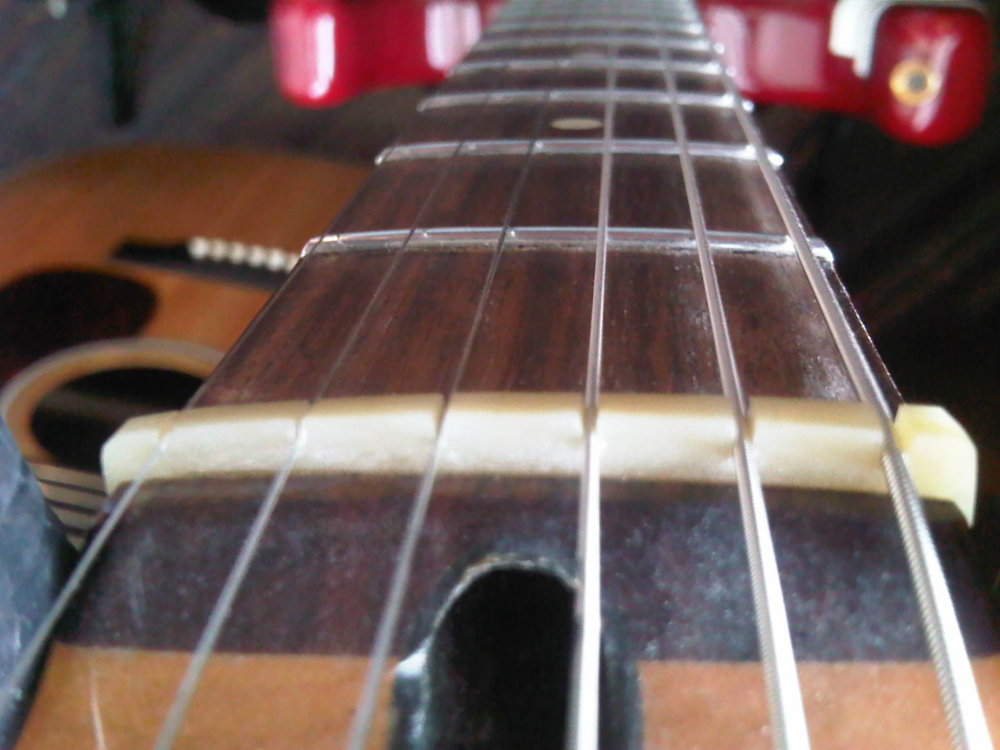
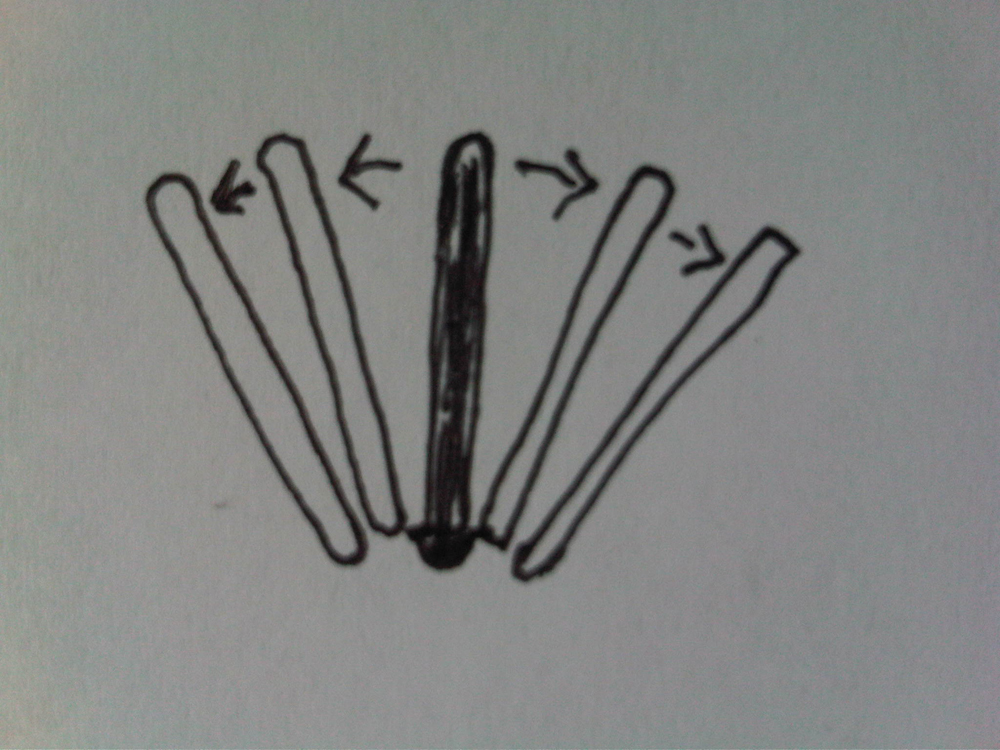
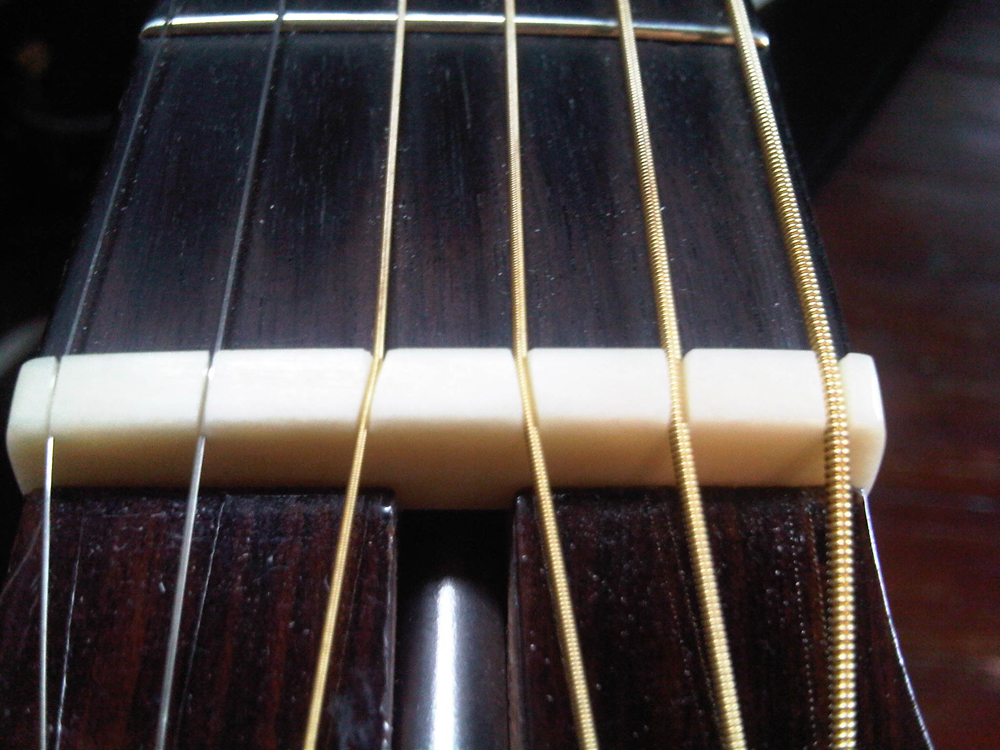
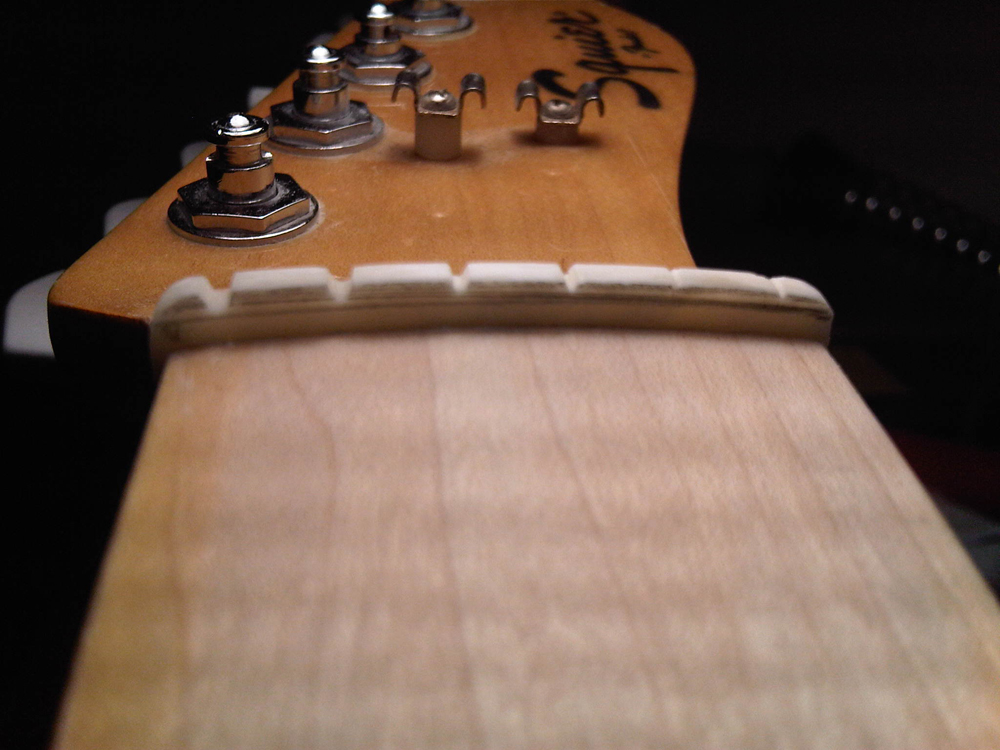
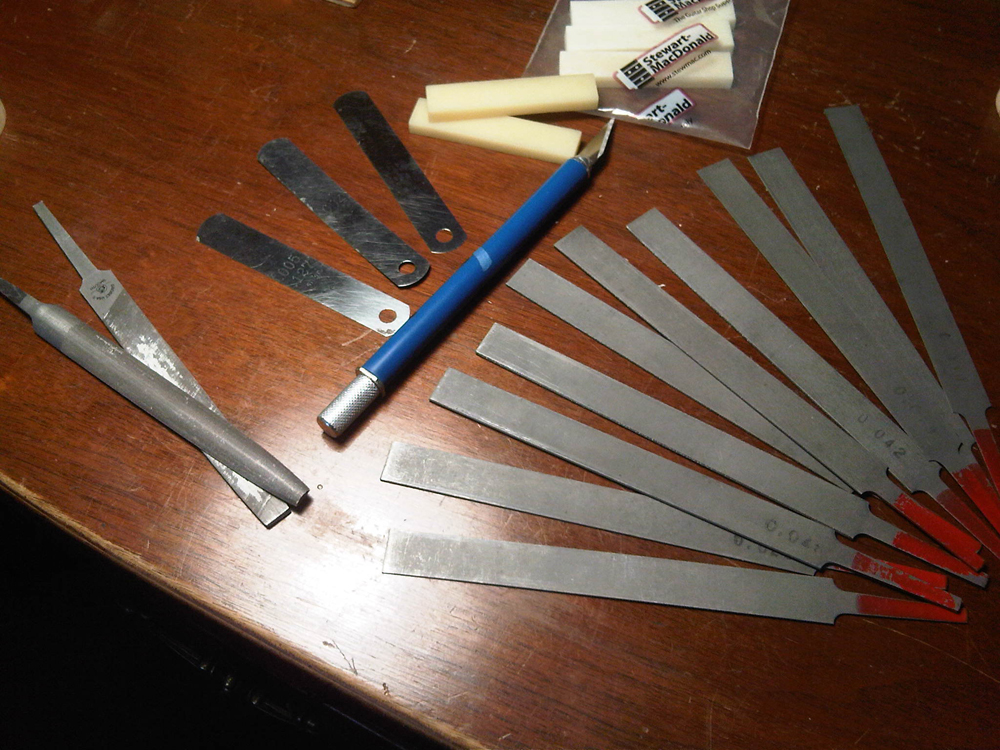
All the latest guitar news, interviews, lessons, reviews, deals and more, direct to your inbox!
